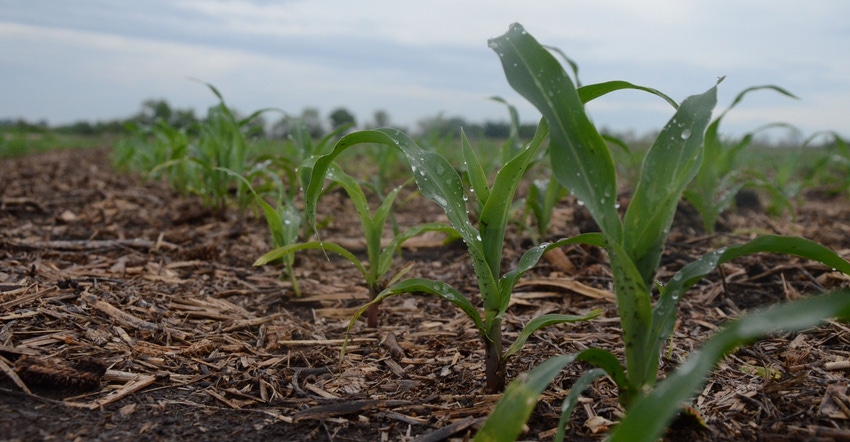
After a year of intense rain events, growers may be wondering how they can better protect their nitrogen applications from loss due to leaching and volatilization.
"As I look forward into my crystal ball, I don't see crop prices going up, and nitrogen costs are fairly stable. We need to save every chance we can," says Mick Goedeken, Advanced Cropping Systems agronomist at Central Valley Ag. "No. 1, it's the right thing to do for the environment, and No. 2, it's the right thing to do for our pocketbook. It's very important that we salvage that nitrogen. A lot of people forget about how dynamic nitrogen is, and we really can't control it as much as we think, but putting in steps to control volatilization is something we need to be doing."
While in a wet year, growers may be more worried about loss because of leaching, but Goedeken notes that loss potential due to nitrification and denitrification often is overlooked.
"The one way we don't think about N loss is through denitrification," he says. "If we have waterlogged soils and nitrate in the form of NO3-N [nitrate nitrogen], we can lose that because we have denitrifying bacteria taking oxygen from that nitrate. Through denitrification, you lose N2 [dinitrogen], N2O [nitrous oxide] and NO [nitric oxide] gas, and it goes straight to the atmosphere. I'd say in 2019, we lost more N to denitrification than we probably did to leaching, because once that profile is completely full and that water can't move anywhere, that's when we start losing nitrogen to denitrification."
On the other hand, nitrification involves converting NH4 — usually applied as urea or UAN (urea ammonium nitrate) to nitrate.
"In spring, UAN and urea go out on a lot of acres," Goedeken says. "The volatilization potential is huge. If we're putting that on the surface, whether urea or UAN, we've got to think about the loss as volatilization loss."
That said, growers may be considering applying nitrogen stabilizer with spring nitrogen applications. But when it comes to spring applications, which product is the right fit?
"To me, nitrogen stabilizers in general are a no-brainer," Goedeken says. "When we start talking about nitrification inhibitors, we have to know where we're placing it, and we have to know what our loss potential is to decide which product is going to work. To me, all products are fairly equal. We've got to have the product that's going to work with our system. Some products are better fits for different systems, and you've got to think about how they flow with the fertilizer — and how the product works or is designed to work — and make your decisions based off of that."
So, what's the difference between nitrification inhibitors and urease inhibitors? Urease inhibitors, as their name implies, are designed for surface applications of urea-based products, while nitrification inhibitors are designed for use with spring- or fall-applied anhydrous ammonia.
"Urease inhibitors are designed to disrupt the pathway where urease interacts with urea and causes volatilization — where it's going up into the atmosphere as NH3," Goedeken explains.
"Nitrification inhibitors keep the nitrogen product in ammonium or NH4 form in the soil. Nitrification inhibitors work in a multitude of different ways, whether it's a polymer that surrounds the molecule and keeps it from interacting with microbes, or killing microbes off for a short time to prevent the nitrification process of converting ammonium to nitrate. They're slowing that process down for a time period — generally two weeks to a month. Because the ammonium molecule is stabilized in the soil, it's not going to move with water or leave the soil profile."
And while nitrogen stabilizers are an important component in nutrient stewardship, Goedeken notes the timing of nitrogen applications can't be overlooked.
"A lot of times, we neglect thinking about the timing of our nitrogen application," he adds. "Typically, that corn plant really doesn't use a lot of nitrogen until it gets to that V8 stage or later. And V8 to brown silk is where the majority of N is taken up by the corn plant. Timing of nitrogen and nitrogen stabilizers are two things that need to be thought of at the same time."
About the Author(s)
You May Also Like






